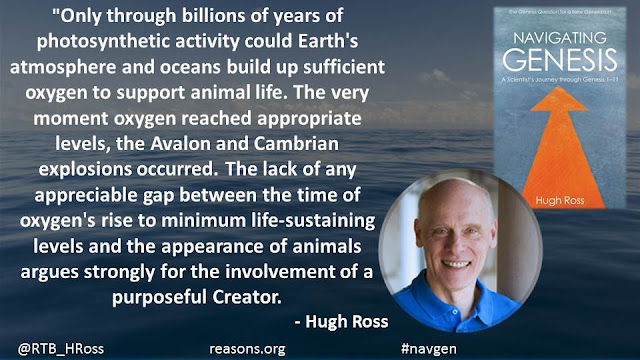I want to look at a couple terms that have been added to the evolutionary vocabulary, but are hotly contested:
Microevolution- evolutionary changes that result in differences within a species or genus.
Macroevolution- series of microevolutionary changes that result in a new genus, family, order, etc...
The other day, a naturalist claimed that no such distinction is necessary. The argument is that there is a long string of microevolutionary changes from species to species, from genus to genus, family to family, etc...; macroevolutionary changes are a series of microevolutionary changes that result in a new species, genus, family, etc...; thus macroevolutionary changes are really the same as microevolutionary changes over time. Since they are ultimately the same, there is no need to distinguish between the two terms. This person further claimed that even if they allowed the distinction in terms, the fact that small changes over time is undisputed, means that many changes over time is proven; microevolution is undisputed, therefore a lot of microevolution (macroevolution) is proven.




